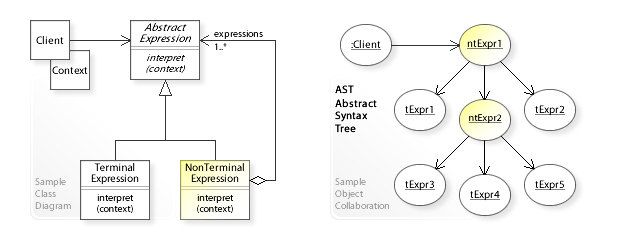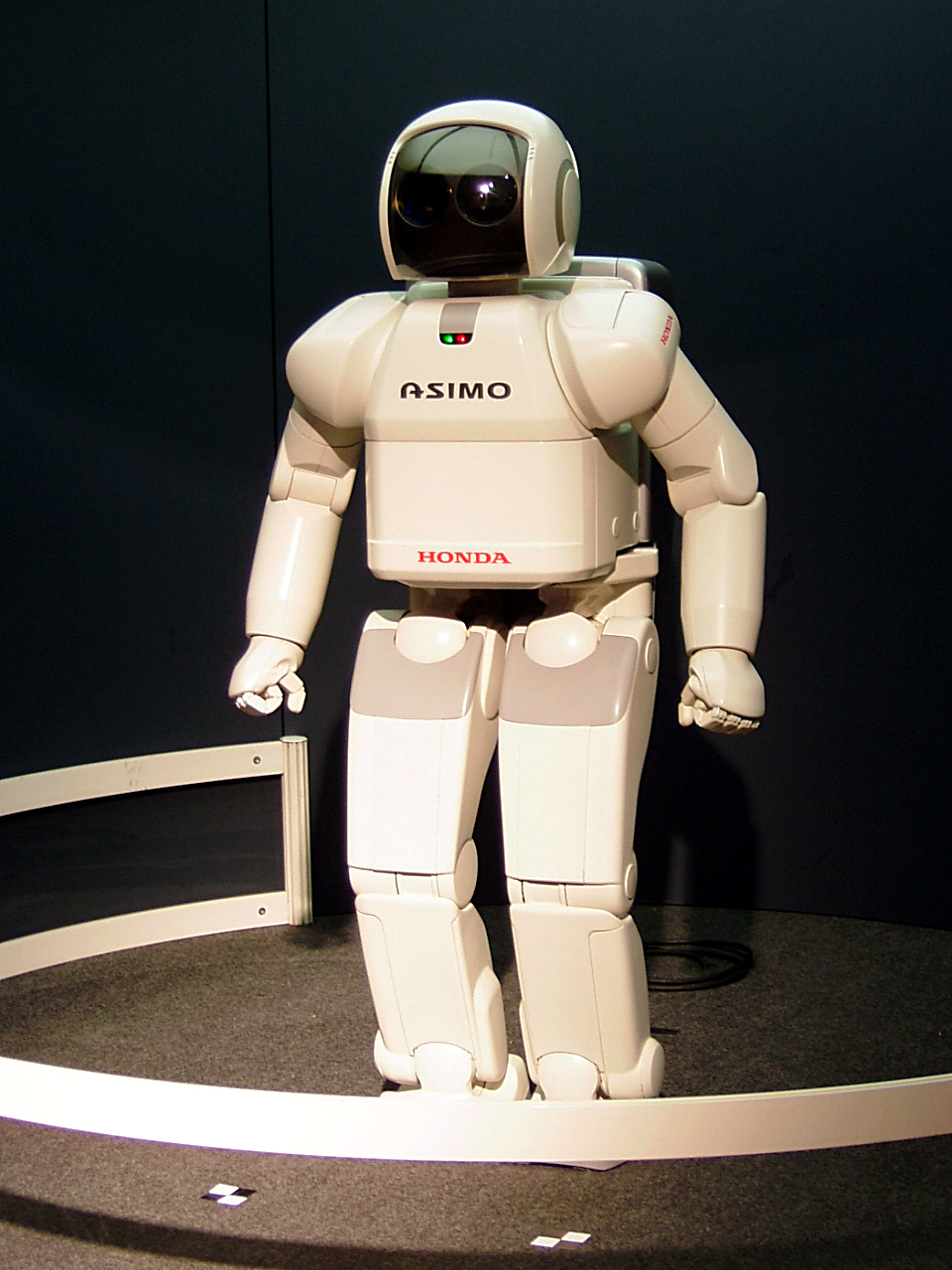|
WSFN (programming Language)
WSFN (Which Stands for Nothing) is an interpreted programming language for controlling robots created by Li-Chen Wang. It was designed to be as small as possible, a "tiny" language, similar to Wang's earlier effort, Palo Alto Tiny BASIC. WSFN was first published in ''Dr. Dobb's Journal'' in September 1977. The language consists primarily of single-letter commands to tell a robot to move in certain directions, while other commands perform tests or basic mathematical operations. These can be grouped into named macros to produce more complex programs. The original version also included code that simulated the robot as a cursor on the VDM-1 display, or graphically on a Cromemco Dazzler display. This is similar to the turtle graphics added to the Logo programming language in 1969. Extended WSFN is an implementation created for the Atari 8-bit computers written by Harry Stewart and published by the Atari Program Exchange in 1981. In addition to supporting turtle graphics, it adds a nu ... [...More Info...] [...Related Items...] OR: [Wikipedia] [Google] [Baidu] [Amazon] |
Interpreter (computing)
In computer science, an interpreter is a computer program that directly executes instructions written in a programming or scripting language, without requiring them previously to have been compiled into a machine language program. An interpreter generally uses one of the following strategies for program execution: # Parse the source code and perform its behavior directly; # Translate source code into some efficient intermediate representation or object code and immediately execute that; # Explicitly execute stored precompiled bytecode made by a compiler and matched with the interpreter's virtual machine. Early versions of Lisp programming language and minicomputer and microcomputer BASIC dialects would be examples of the first type. Perl, Raku, Python, MATLAB, and Ruby are examples of the second, while UCSD Pascal is an example of the third type. Source programs are compiled ahead of time and stored as machine independent code, which is then linked at run-ti ... [...More Info...] [...Related Items...] OR: [Wikipedia] [Google] [Baidu] [Amazon] |
Turtle Graphics
In computer graphics, turtle graphics are vector graphics using a relative cursor (the "turtle") upon a Cartesian plane (x and y axis). Turtle graphics is a key feature of the Logo programming language. It is also a simple and didactic way of dealing with moving frames. Overview The turtle has three attributes: a location, an orientation (or direction), and a pen. The pen, too, has attributes: color, width, and on/off state (also called ''down'' and ''up''). The turtle moves with commands that are relative to its own position, such as "move forward 10 spaces" and "turn left 90 degrees". The pen carried by the turtle can also be controlled, by enabling it, setting its color, or setting its width. A student could understand (and predict and reason about) the turtle's motion by imagining what they would do if they were the turtle. Seymour Papert called this "body syntonic" reasoning. A full turtle graphics system requires control flow, procedures, and recursion: many turtl ... [...More Info...] [...Related Items...] OR: [Wikipedia] [Google] [Baidu] [Amazon] |
Robot Programming Languages
A robot is a machine—especially one programmable by a computer—capable of carrying out a complex series of actions automatically. A robot can be guided by an external control device, or the control may be embedded within. Robots may be constructed to evoke human form, but most robots are task-performing machines, designed with an emphasis on stark functionality, rather than expressive aesthetics. Robots can be autonomous or semi-autonomous and range from humanoids such as Honda's ''Advanced Step in Innovative Mobility'' ( ASIMO) and TOSY's ''TOSY Ping Pong Playing Robot'' (TOPIO) to industrial robots, medical operating robots, patient assist robots, dog therapy robots, collectively programmed ''swarm'' robots, UAV drones such as General Atomics MQ-1 Predator, and even microscopic nanorobots. By mimicking a lifelike appearance or automating movements, a robot may convey a sense of intelligence or thought of its own. Autonomous things are expected to proliferate ... [...More Info...] [...Related Items...] OR: [Wikipedia] [Google] [Baidu] [Amazon] |
Atari Program Exchange Software
Atari () is a brand name that has been owned by several entities since its inception in 1972. It is currently owned by French holding company Atari SA (formerly Infogrames) and its focus is on "video games, consumer hardware, licensing and blockchain". The original Atari, Inc., founded in Sunnyvale, California, United States in 1972 by Nolan Bushnell and Ted Dabney, was a pioneer in arcade games, home video game consoles, and home computers. The company's products, such as ''Pong'' and the Atari 2600, helped define the electronic entertainment industry from the 1970s to the mid-1980s. In 1984, as a result of the video game crash of 1983, the assets of the home console and computer divisions of the original Atari Inc. were sold off to Jack Tramiel's Tramel Technology Ltd., which then renamed itself to Atari Corporation, while the remaining part of Atari, Inc. was renamed Atari Games Inc. In early 1985, Warner established a new corporation jointly with Namco subsequently named At ... [...More Info...] [...Related Items...] OR: [Wikipedia] [Google] [Baidu] [Amazon] |
Atari 8-bit Computer Software
Many games, utilities, and educational programs were available for Atari 8-bit computers. Atari, Inc. was primarily the publisher following the launch of the Atari 400/800 in 1979, then increasingly by third parties. Atari also distributed "user written" software through the Atari Program Exchange from 1981 to 1984. After APX folded, many titles were picked up by Antic Software. Programming languages Assembly language Atari, Inc. published two assemblers. The Atari Assembler Editor cartridge is a friendlier, integrated development environment using line numbers for editing source code similar to Atari BASIC. The professionally targeted Atari Macro Assembler shipped at a higher price on a copy protected disk without editor or debugger. Third-party assemblers include SynAssembler from Synapse Software and MAE (Macro Assembler Editor) from Eastern House. Optimized Systems Software published an enhanced disk-based assembler mimicking the structure of Atari's Assembler Editor ... [...More Info...] [...Related Items...] OR: [Wikipedia] [Google] [Baidu] [Amazon] |
Fractal
In mathematics, a fractal is a Shape, geometric shape containing detailed structure at arbitrarily small scales, usually having a fractal dimension strictly exceeding the topological dimension. Many fractals appear similar at various scales, as illustrated in successive magnifications of the Mandelbrot set. This exhibition of similar patterns at increasingly smaller scales is called self-similarity, also known as expanding symmetry or unfolding symmetry; if this replication is exactly the same at every scale, as in the Menger sponge, the shape is called affine geometry, affine self-similar. Fractal geometry lies within the mathematical branch of measure theory. One way that fractals are different from finite geometric figures is how they Scaling (geometry), scale. Doubling the edge lengths of a filled polygon multiplies its area by four, which is two (the ratio of the new to the old side length) raised to the power of two (the conventional dimension of the filled polygon). ... [...More Info...] [...Related Items...] OR: [Wikipedia] [Google] [Baidu] [Amazon] |
Recursion (computer Science)
In computer science, recursion is a method of solving a computational problem where the solution depends on solutions to smaller instances of the same problem. Recursion solves such recursion, recursive problems by using function (computer science), functions that call themselves from within their own code. The approach can be applied to many types of problems, and recursion is one of the central ideas of computer science. Most computer programming languages support recursion by allowing a function to call itself from within its own code. Some functional programming languages (for instance, Clojure) do not define any looping constructs but rely solely on recursion to repeatedly call code. It is proved in computability theory that these recursive-only languages are Turing complete; this means that they are as powerful (they can be used to solve the same problems) as imperative languages based on control structures such as and . Repeatedly calling a function from within itse ... [...More Info...] [...Related Items...] OR: [Wikipedia] [Google] [Baidu] [Amazon] |
Sierpiński Curve
Sierpiński curves are a recursively defined sequence of continuous closed plane fractal curves discovered by Wacław Sierpiński, which in the limit n \to \infty completely fill the unit square: thus their limit curve, also called the Sierpiński curve, is an example of a space-filling curve. Because the Sierpiński curve is space-filling, its Hausdorff dimension (in the limit n \to \infty ) is 2 . The Euclidean length of the nth iteration curve S_n is : \beginl_n&= (1+\sqrt 2) 2^n - (2-\sqrt 2) ,\\ &= \frac \sinh(n\log(2)+\mathrm(\frac))\end i.e., it grows ''exponentially'' with n beyond any limit, whereas the limit for n \to \infty of the area enclosed by S_n is 5/12 \, that of the square (in Euclidean metric). Uses of the curve The Sierpiński curve is useful in several practical applications because it is more symmetrical than other commonly studied space-filling curves. For example, it has been used as a basis for the rapid ... [...More Info...] [...Related Items...] OR: [Wikipedia] [Google] [Baidu] [Amazon] |
Conditional (computer Programming)
In computer science, conditionals (that is, conditional statements, conditional expressions and conditional constructs) are programming language constructs that perform different computations or actions or return different values depending on the value of a Boolean expression, called a ''condition''. Conditionals are typically implemented by selectively executing instructions. Although dynamic dispatch is not usually classified as a conditional construct, it is another way to select between alternatives at runtime. Terminology Conditional statements are imperative constructs executed for side-effect, while conditional expressions return values. Many programming languages (such as C) have distinct conditional statements and conditional expressions. Although in pure functional programming, conditional expressions do not have side-effects, many languages with conditional expressions (such as Lisp) support conditional side-effects. If–then(–else) The if–then or if ... [...More Info...] [...Related Items...] OR: [Wikipedia] [Google] [Baidu] [Amazon] |
Accumulator (computing)
In a computer's central processing unit (CPU), the accumulator is a register in which intermediate arithmetic logic unit results are stored. Without a register like an accumulator, it would be necessary to write the result of each calculation (addition, multiplication, shift, etc.) to cache or main memory, perhaps only to be read right back again for use in the next operation. Accessing memory is slower than accessing a register like an accumulator because the technology used for the large main memory is slower (but cheaper) than that used for a register. Early electronic computer systems were often split into two groups, those with accumulators and those without. Modern computer systems often have multiple general-purpose registers that can operate as accumulators, and the term is no longer as common as it once was. However, to simplify their design, a number of special-purpose processors still use a single accumulator. Basic concept Mathematical operations often take ... [...More Info...] [...Related Items...] OR: [Wikipedia] [Google] [Baidu] [Amazon] |
Atari Program Exchange
Atari Program Exchange (APX) was a division of Atari, Inc. that sold software via mail-order for Atari 8-bit computers from 1981 until 1984. Quarterly APX catalogs were sent to all registered Atari 8-bit owners. APX encouraged any programmer, not just professionals, to submit video games, educational software, applications, and utilities. A few internally developed Atari products were sold through APX, such as Atari Pascal, the developer handbook '' De Re Atari'', and a port of the arcade video game ''Kangaroo''. If accepted, a submitted program was added to the catalog with credit given to the programmer. The top submissions of the quarter in each category were recognized. One program each year received the top honor: the Atari Star award. APX releases ''Eastern Front (1941)'', '' Caverns of Mars'', and Atari Star winner '' Typo Attack'', were moved to Atari's official product line. The brainchild of Dale Yocum, the Atari Program Exchange started in February 1981. In 1982 its ... [...More Info...] [...Related Items...] OR: [Wikipedia] [Google] [Baidu] [Amazon] |
Programming Language
A programming language is a system of notation for writing computer programs. Programming languages are described in terms of their Syntax (programming languages), syntax (form) and semantics (computer science), semantics (meaning), usually defined by a formal language. Languages usually provide features such as a type system, Variable (computer science), variables, and mechanisms for Exception handling (programming), error handling. An Programming language implementation, implementation of a programming language is required in order to Execution (computing), execute programs, namely an Interpreter (computing), interpreter or a compiler. An interpreter directly executes the source code, while a compiler produces an executable program. Computer architecture has strongly influenced the design of programming languages, with the most common type (imperative languages—which implement operations in a specified order) developed to perform well on the popular von Neumann architecture. ... [...More Info...] [...Related Items...] OR: [Wikipedia] [Google] [Baidu] [Amazon] |








